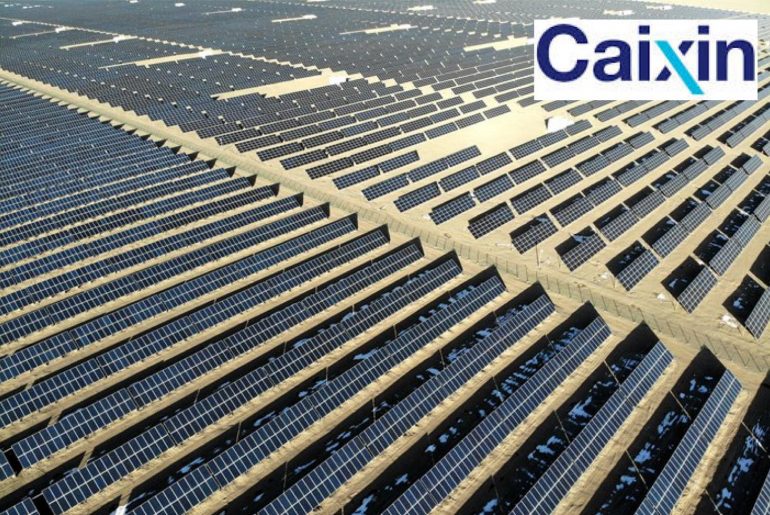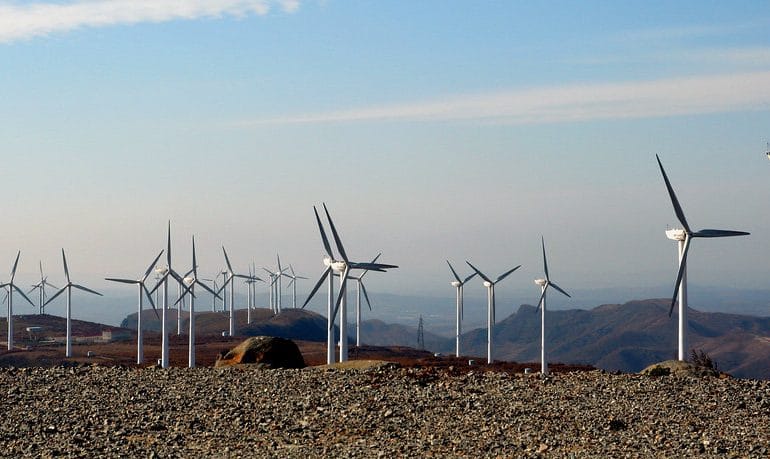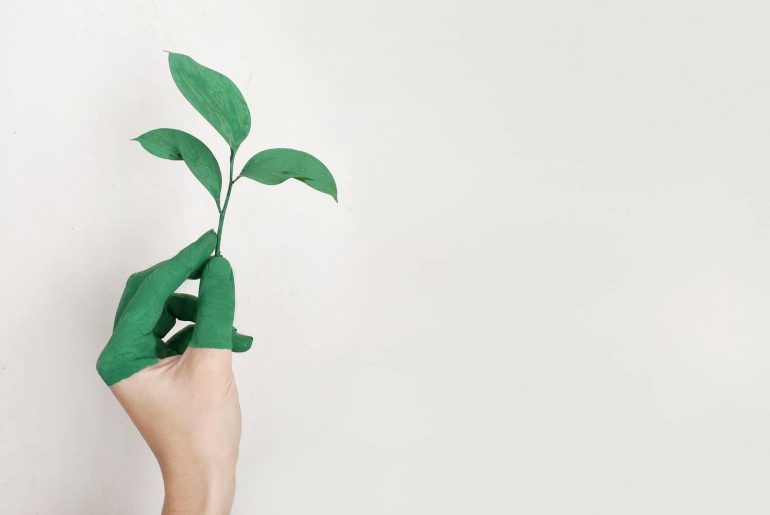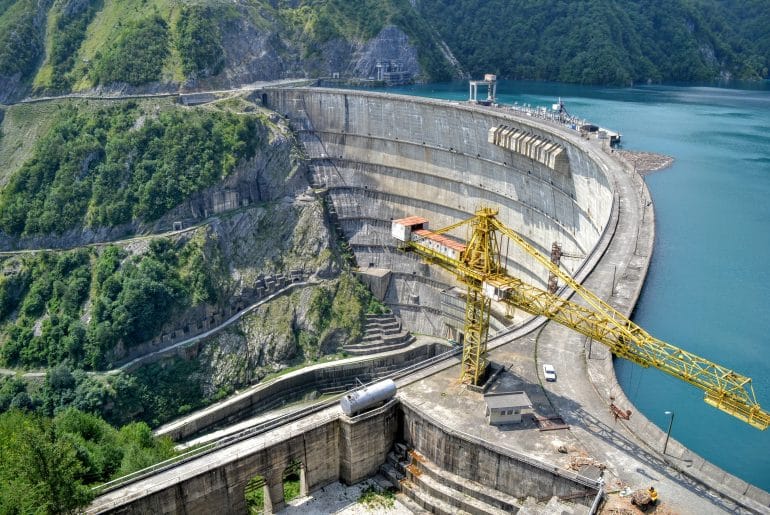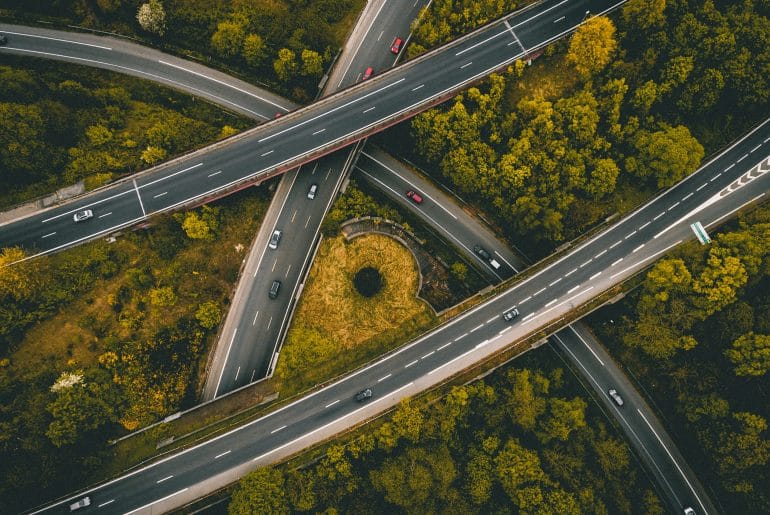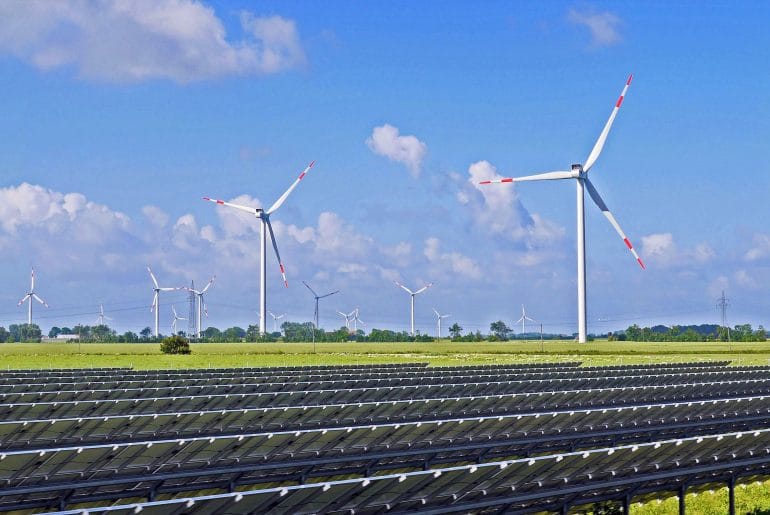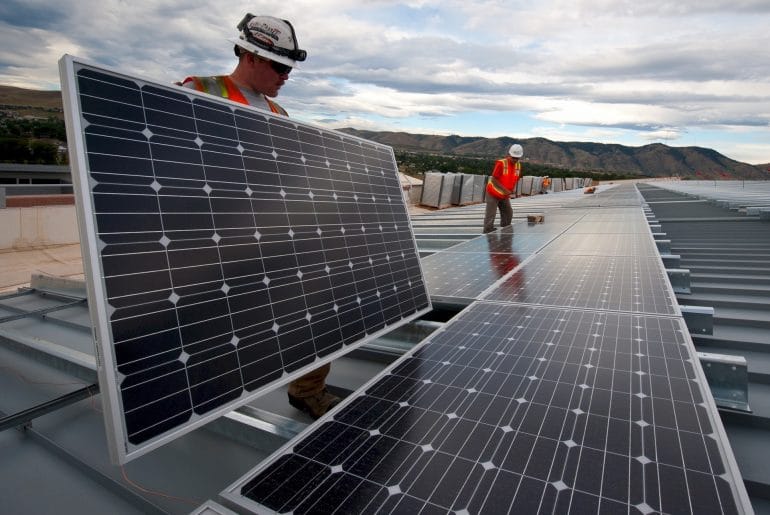The year 2020 has proven to be more turbulent than anyone could have expected, and it is only June. While in February we asked if 2020 would be the year of China’s global green leadership, hoping that the Covid-19 virus outbreak would be short-lived, by March we already we had to incorporate broader-than-expected fallout…
Many countries of the Belt and Road Initiative are among the world’s major energy producing and consuming countries. At the same time, they are mostly developing countries, with the requirement to continue expanding its energy markets. As many of China’s investment and financing projects along Silk Road have climate effects,…
This document has been translated by Yiwei Qi from its Chinese original. Iran, located on the new Eurasian land-bridge of the Silk Road Economic Belt as well as the China-Central Asia-West Asia Economic Corridor, is an important point along the “Belt and Road”. In January 2016, China and Iran formally…
While green bonds remain the most mature instruments, a wide range of innovative financial solutions are rapidly developing. Issuing green bonds, i.e. bonds whose proceeds are earmarked for funding climate and environmental-friendly projects, is an effective and increasingly popular way to achieve this end. In just over a decade, annual…
For a Chinese version, click here. On July 26, 2019, Kenya’s National Environmental tribunal ruled that the environmental and social impact assessment (ESIA) license for the Lamu coal fired power plant in Kenya was insufficient and that the construction had to be stopped. While this ruling explicitly states that this…
In essence, the SDGs can only be met if they are an integral part of the development paths of countries under the Belt and Road Initiative (BRI). As the original 65 countries under the BRI collectively account for over 30% of global GDP, 62% of population, and 75% of known…
Executive Summary How MDB Characteristics can Address the BRI’s Green Challenges through Financing Solutions, Coordination Activities, and Policy Support Simply put, global climate and environmental goals can only be met if they are an integral part of the development paths of BRI countries. This is true alone because BRI collectively…
MDBs are increasing their involvement in sustainable infrastructure finance by scaling up climate investments and by integrating social and environmental issues into their general financing requirements as a cross-cutting issue. Based on their characteristics MDBs can play a number of important roles in greening the BRI. For the context of…
South Africa is the 2nd largest economy in Africa and one of the African countries which have signed BRI cooperation agreements with China at an early stage. During Chinese President Xi’s visit in September 2018, both countries expressed wishes to strengthen cooperation within the framework of the BRI and the…
Spain is located on the new Euroasian land bridge in the Silk Road Economic Belt. Although Spain has not yet officially assigned to the BRI cooperation, it has jointly released with China the Joint Statement on Strengthening Comprehensive Strategic Partnership during the visit of China’s President Xi in Nov 2018,…
